最新文章
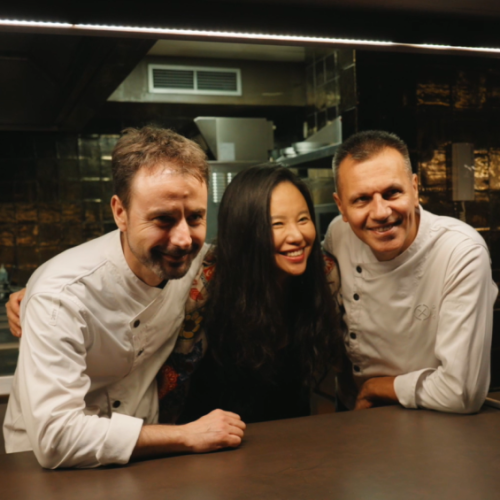
Disfrutar Enters Its Tenth Year: We Are Not Molecular Cuisine
In the world of gastronomy, there are some stories that are truly awe-inspiring. Hidden away on a narrow street in Barcelona, there lies a one-of-a-kind restaurant called Disfrutar. It is a place of constant innovation and passion, with a unique culinary story.
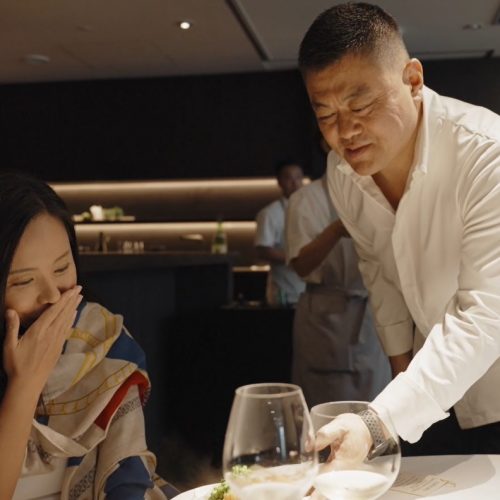
Narisawa: Sustainable Satoyama Cuisine That Thrives with Nature
As a world-famous French-inspired Japanese restaurant, Narisawa remains in the list of the World’s 50 Best for the last consecutive 14 years. It was crowned No. 1 in the Asia’s 50 Best 2013 and became the first Japanese restaurant to enter the World’s 50 Best in 2015. As the soul of the restaurant, Chef Yoshihiro Narisawa has dedicated all his time and energy to the growth of Narisawa.
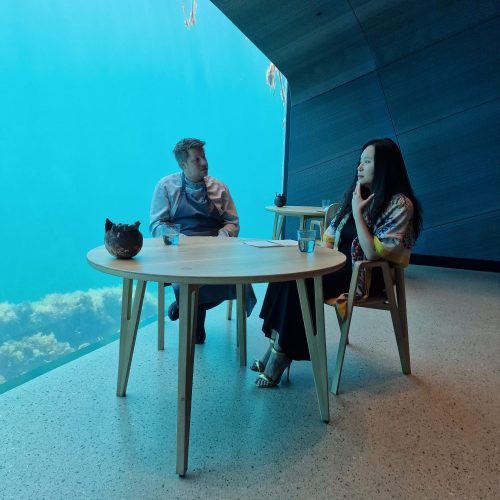
5.5 Meters Below Surface: Exploring Norwegian Restaurant Under
In Norwegian, “under” has the dual meaning of “below” and “wonder”. It is also the name of a restaurant located at the southernmost point of the Lindesnes coastline in Norway, a restaurant five and a half meters below the surface of the water, exposing you to the wonders beneath the sea in a unique dining experience that goes way beyond expectations.
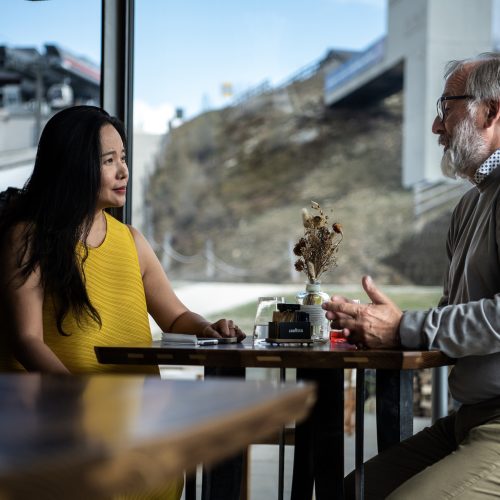
New Journey for Three-starred North Italian Chef Niederkofler
Following the closure of the three-starred St. Hubertus restaurant in March this year, the world has had its eyes on Norbert Niederkofler’s next move. He has revealed his latest project, which promises to redefine his culinary philosophy. This July 12, he will take the next step in his culinary development by opening Atelier Moessmer Norbert Niederkofler, the new restaurant supported by one of the oldest cloth factories in the world. Set in a historic villa and open all year round, the restaurant is a new explorational field for creativity, exceptional taste and inspiration.

Iris: A Floating Culinary Adventure in a Norwegian Fjord
Iris, nestled inside the Salmon Eye in the Hardanger fjord, offers an exclusive dining experience. Each night, a limited group of 24 guests embarks on an unforgettable journey, beginning with an electric boat tour of the fjord and culminating in an extraordinary 18-course dinner with panoramic views.
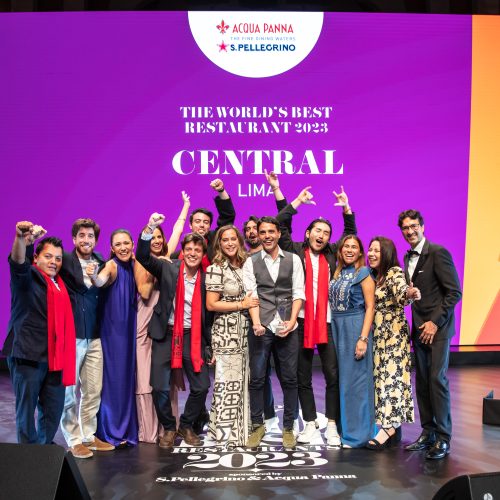
CENTRAL in Lima is named No.1 in the list of the World’s 50 Best Restaurants 2023
Central, the flagship Lima restaurant of chefs Virgilio Martinez and Pía León, is crowned in the No.1 position, followed by Disfrutar (No.2) in Barcelona and Diverxo (No.3) in Madrid.
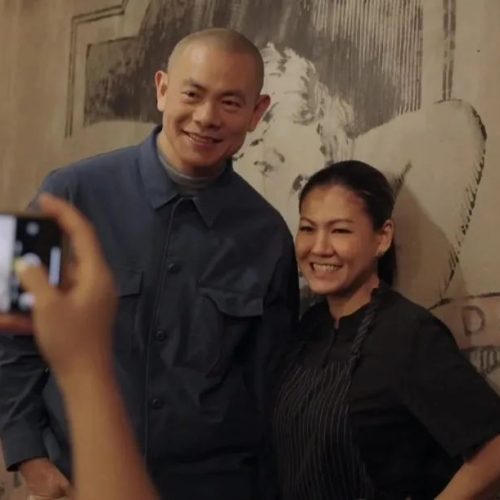
Singapore Lolla: Asian Flavors Blended with French Cuisine by Chef Johanne
In terms of dish creation, Johanne always starts with the primary ingredients, considering how to elevate them to their best state rather than masking their characteristics. Her foundation is rooted in modern European style, but she also incorporates influences from her own cultural traditions and Asian background. She aims to showcase some Filipino flavors in her cuisine and incorporates unique ingredients from her homeland and other Southeast Asian regions.

Michelin Three-Star Restaurant Odette: Gastronomy Meets Artistry
Opportunities to visit Singapore may be scarce, but every time I do, Odette restaurant always comes to mind. The exquisite cuisine and refined dishes have left a lasting impression on me, while the elegant and minimalist ambiance continues to captivate me. At Odette, I had the pleasure of savoring the unique and delicate French cuisine crafted by Chef Julien Royer. The service, as well as the food, moved me and filled me with warmth.

Exploring Shanghai’s Fu He Hui: Indulging in the Green Spring
It’s been almost ten years since the opening of Fu He Hui, nestled among tree-lined avenues at the former French Concession of Shanghai, a hugely sought-after historic district abundant with quaint residential buildings during the 1920s. The name “Fu He Hui” comes from the owner – Mr. Fang ‘s understanding of happiness (Fu, 福) and wisdom (Hui, 慧): “The process of pursuing happiness leads to wisdom and the pathway to wisdom is accompanied by happiness”.




